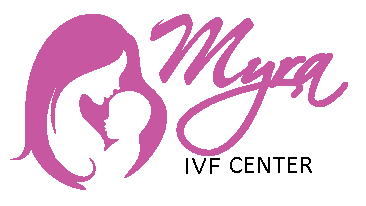Each month after periods a woman has a 25% chance of getting pregnant naturally. But for some, luck needs a medical boost to get pregnant. When a couple has infertility problems, it is necessary to start with a specialist consultation by going to an obstetrician/gynaecologist specializing in infertility. In IVF treatment, there are several steps involved in determining if a couple is ready to begin. If all the signals are green, the specialist at IVF hospital in Mombasa prescribes a workup to assess the quality of the sperm and the condition of the uterus and the ovulation cycle. In in-vitro fertilization, the maximum number of mature eggs are collected and brought into contact with a large number of sperms to allow fertilization.
What is in vitro fertilization?
In Vitro Fertilization is a highly complex Assisted Fertilization treatment carried out in IVF clinics in Mombasa. It consists of the unionization of the egg with the spermatozoon in the laboratory – in vitro – to obtain embryos to be transferred to the maternal uterus to obtain a pregnancy.
Once received, the embryos will be kept in culture for 5 – 6 days, at the end of which one of these will be transferred to the uterus, while the others will be stored for the future.

In which cases is it indicated?
In Vitro Fertilization can be carried out with donor or spouse sperm and facilitates the fertilization process when there are causes that prevent its natural realization.
This treatment is indicated for:
• Women who have already performed several unsuccessful inseminations.
• Women with severe endometriosis, tubal disease, or low egg quality.
• Couples in which the man has low sperm quality (moderate or severe male factor).
Process of in vitro fertilization
IVF has two phases:
Phase 1: hormonal treatment
Ovarian production is stimulated by hormonal treatment to obtain a maximum of oocytes at once. The doctor at IVF Mombasa will then do two to three ultrasounds to monitor the size and maturation of the follicles in the ovary. As soon as the oocytes are mature, that is to say, ready to be fertilized, the injection of another hormone causes ovulation.
Phase 2: oocyte collection and insemination in the laboratory
Fertilizable oocytes are removed 36 hours later using a long, fine needle as part of a procedure that can be performed with brief general anesthesia at the patient’s request.
On the day of collection, the partner’s sperm is prepared in the laboratory; then, the oocytes are placed in the presence of spermatozoa and cultured in an incubator. Once one or more oocytes have been successfully fertilized and developed into embryos over the next few days, the doctor implants a two-day-old embryo into the woman’s uterine cavity through a catheter.
The result of the treatment is known two weeks after the oocyte retrieval. Blood tests can determine whether the woman’s body has accepted the pregnancy.
Factors Affecting the Success Rate of IVF
Conclusion
The chances of success depend primarily and in the first place on the woman’s age and her oocyte reserve. From 35 to 40 years of age, the prospects for success are reduced by half.
During the examination phase, various tests are carried out, which allow a relatively precise evaluation.



